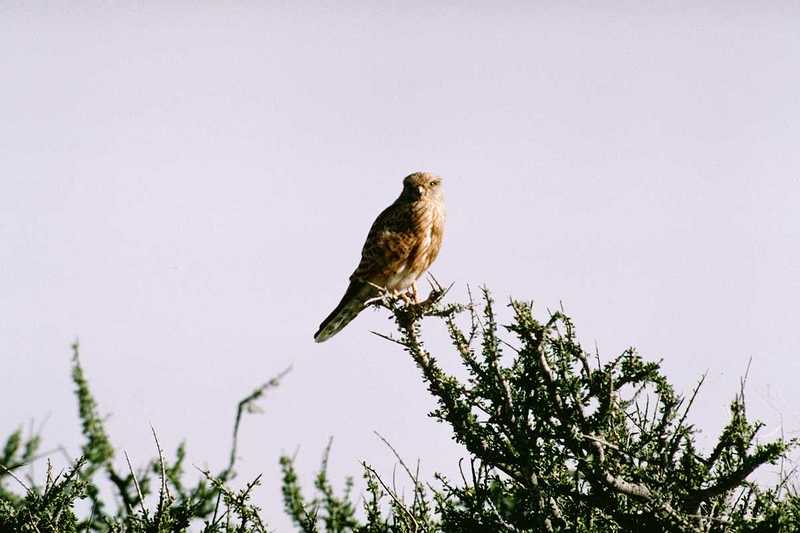|
| Query: bird | Result: 8474th of 32675 | |
Identification needed for this bird of prey - What is this? -- Cooper's Hawk
| Subject: | Identification needed for this bird of prey - What is this? -- Cooper's Hawk
| | Poster: | Kim Jinsuk (jskim@bioinfo.kordic.re.kr)
| |

| File size : 77111 bytes
File date : 1999:02:07 09:00:00
Resolution: 1202x801
Jpeg process : Baseline
Posted Newsgroups: alt.binaries.pictures.animals
Posted Date: Thu, 04 Feb 1999 18:57:40 +0900 |
Identification needed for this bird of prey - What is this? -- Cooper's Hawk
--
From Broderbund ClickArt 200,000 CD
Private purpose only. Enjoy it.
Comments
========
From: lunaowl@cvc.net
Date: Sun Oct 31 09:03:04 KST 1999
File: animal1/aat50281-Unidentified_Hawk-perching_on_bush.jpg
I'm Pretty sure this is a cooper's hawk - a sharp-shin would have
longer legs and be slightly larger -- just my two cents |
^o^
Animal Pictures Archive for smart phones
^o^
|
|

